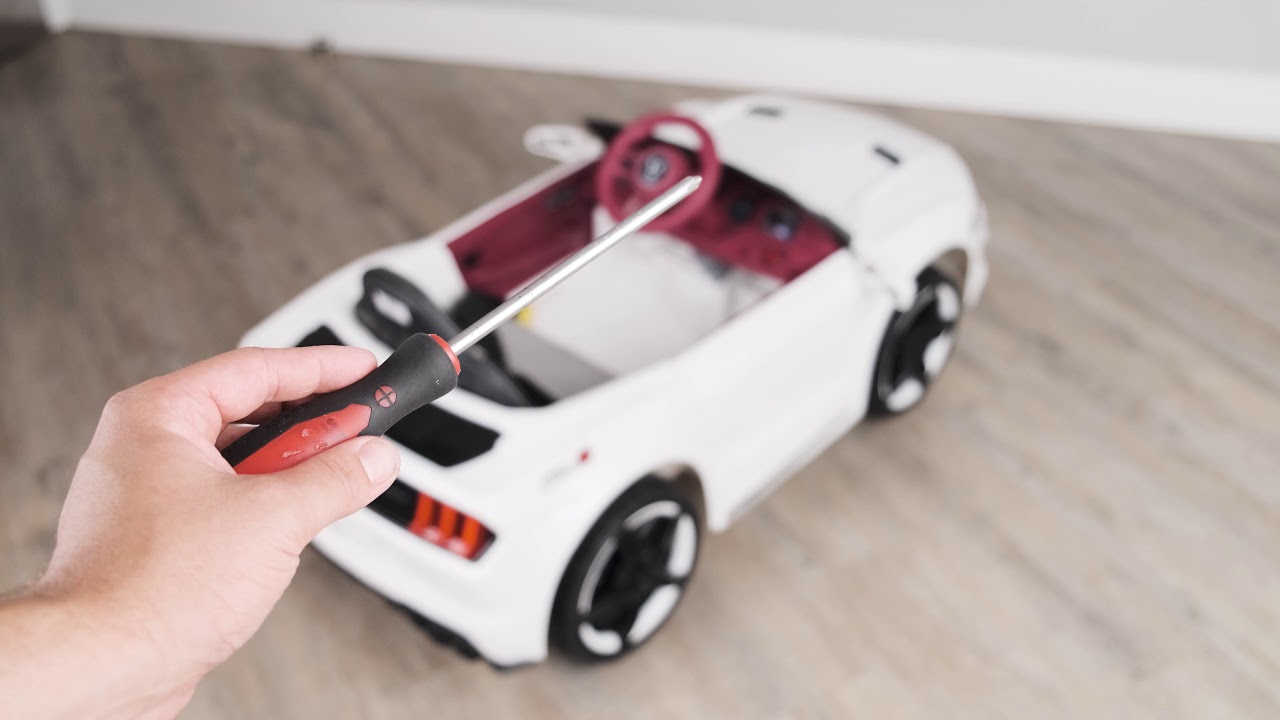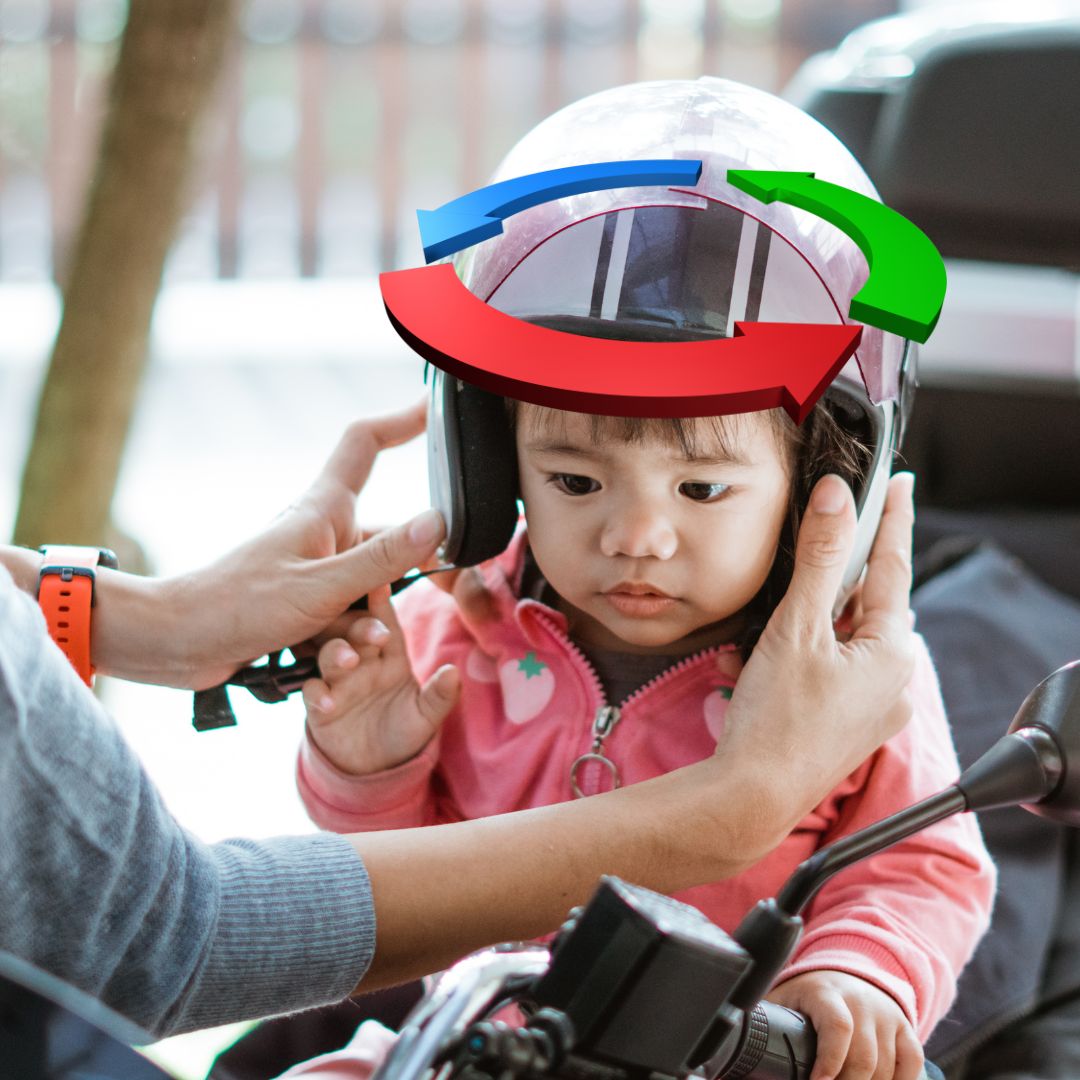
Updated: 17.4.25
Ride-on toys have come a long way — from traditional wooden rocking horses to today's battery-powered electric cars. These modern toys offer not only endless fun but also help kids learn the basics of driving, coordination, and responsibility in a safe environment.
1. Read the Manual
After purchasing your ride-on toy, take the time to carefully read the instruction manual. Each model may have specific guidelines regarding setup, battery care, and maintenance — and following them ensures optimal performance and safety.
2. Teach Safe Driving
Introducing your child to a kids electric car takes time and patience. Just like teaching them to ride a bike, you should start slowly, emphasising safety, and walk them through each function of the toy until they're confident and comfortable.
3. Perform Regular Maintenance
Routine maintenance keeps the car running smoothly and safely. Check for loose or worn parts, especially the axles and wheels. Keep moving parts lubricated and ensure the battery is functioning well.
Battery Care
The battery is the heart of your electric ride-on. Avoid overcharging, store it properly, and always refer to the manual for specific care instructions. Keeping it clean and fully charged extends its lifespan.
Body Care
Clean the ride-on after each use using a damp cloth. Avoid exposure to water and direct sunlight. Store it indoors and consider using a cover to protect it from dust and spills. This helps maintain the appearance and function of the toy.
Wheel Maintenance
Inspect the wheels regularly for signs of wear and tear. Clean off mud and debris after outdoor use, and ensure they are tightly secured to avoid instability or potential hazards during play.
4. Store in a Safe Place
Always store the ride-on in a safe, dry place like a garage, shed, or even a corner of your child’s bedroom. Avoid leaving it outside where it may be damaged by weather. Here’s how to properly store your ride-on car.
5. Repair Tips and Common Issues
Note: DIY repairs can be risky. If you're unsure, it’s always safer to contact a professional or the retailer for support.
If you’re comfortable with small repairs, you can diagnose many common issues using a voltmeter. Here’s a breakdown of how to troubleshoot and fix basic problems.
6. Diagnosing Electrical Issues
Use a voltmeter to test your battery’s charge. For a 6V model, look for at least 6 volts; for 12V models, at least 12 volts. This simple check helps you determine if the battery is the issue or if something else is affecting performance.
7. Test the Pedal and Throttle
Disconnect the foot pedal and use your voltmeter to check for faults. If the motor activates when bypassing the pedal, the issue lies with the switch itself.
Don't forget to check fast/slow switches and forward/reverse controls too — these often cause problems when faulty.
8. Replace the Battery or Charger
Replacing the battery involves matching red to positive (+) and black to negative (–). Be sure to follow the connection layout in the manual and secure cables firmly. If you’re unsure, refer to a professional or use a universal charger compatible with your model.
9. Test the Motor and Controller
Still having issues? Check the motor and controller. Start by testing switches and batteries. Then, lightly press the pedal or throttle. You should hear a clicking sound, which indicates the motor controller is working. If not, unplug and test the controller separately using an AC adapter.
10. Replace the Switch or Vehicle Battery
If needed, you can replace the switch or battery by disconnecting old connectors, cleaning off any corrosion, and securely fitting new connections. Again, be sure all polarities match correctly to avoid short-circuits.
Proper care and regular maintenance help extend the life of your child’s ride-on toy and ensure countless hours of safe, uninterrupted play. Whether it's daily cleaning or occasional troubleshooting, these steps make all the difference.





Share:
Top 4 VW Kids Battery Electric Ride On Cars Sold By RiiRoo
How to Explain Pride Month to Your Kids